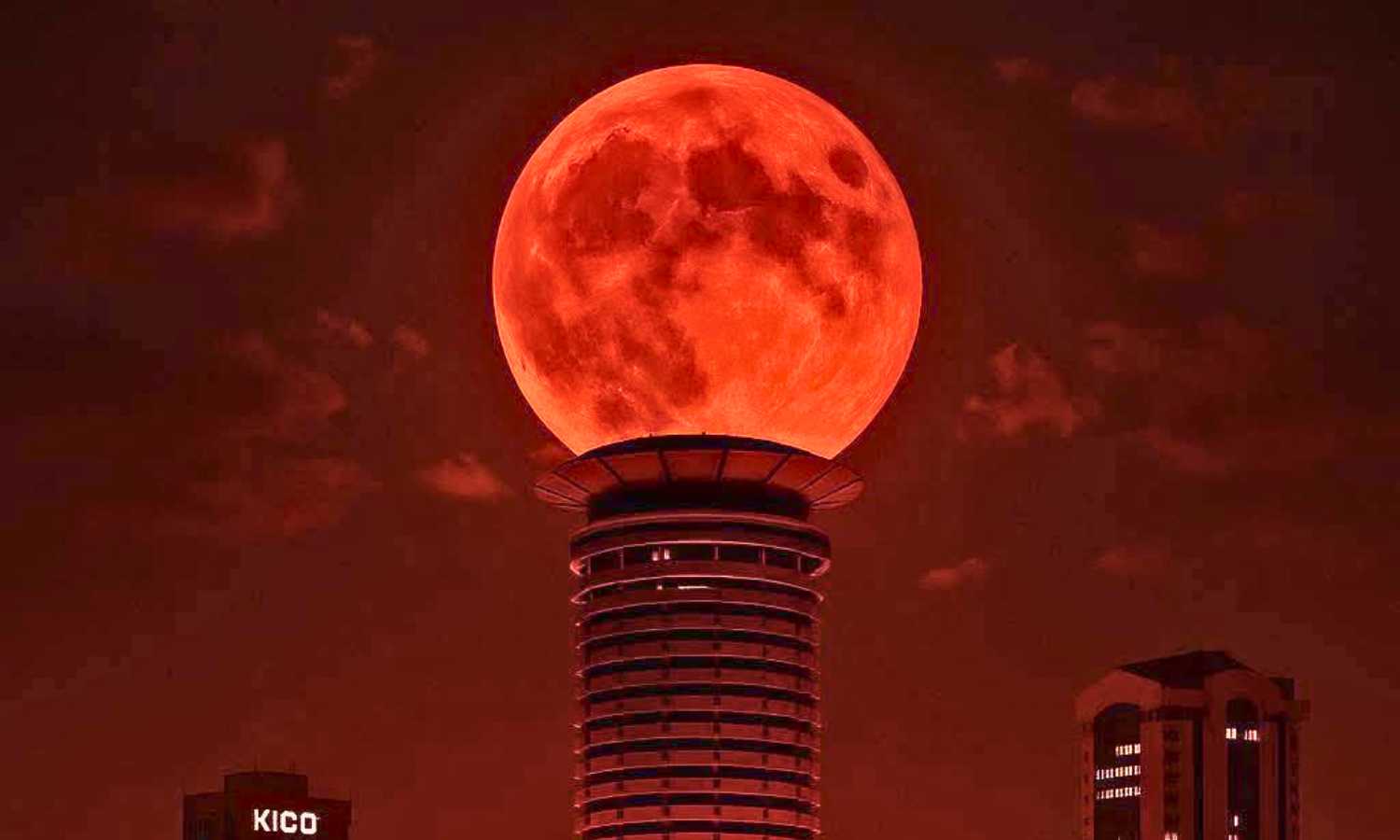Hyderabad: The year’s second and final lunar eclipse concluded after 3 hours and 28 minutes on Sunday night, marking a major celestial event known as Blood Moon 2025. The eclipse began at 9:56 pm and ended at 1:28 am, offering clear visibility across the country. Tamil Nadu was the first location in India to witness the start of the eclipse before it spread across the rest of the nation.
From 11:00 pm until 12:23 am, the eclipse entered its peak phase. During these 82 minutes of totality, Earth moved directly between the Sun and the Moon, casting its shadow and giving the Moon a striking red-orange glow, commonly called the Blood Moon. Experts noted that this was the longest total lunar eclipse visible in India since 2022.
Blood Moon 2025 captivates skywatchers worldwide
This eclipse was also notable for its wide visibility. It was the first since 27 July 2018 to be visible from every region of India without special equipment. Observers could view it directly with the naked eye, although many also used telescopes and binoculars for clearer observation.
The spectacle was not limited to India. Blood Moon 2025 was visible across Asia, Western Australia, and parts of Europe and Africa. Astronomers observed that Asia and Australia provided the clearest and longest viewing opportunities, as the Moon was higher in the sky. In Europe and Africa, however, the eclipse was visible only briefly during moonrise.
Cities across Asia reported distinct timings. In Bangkok, the total phase lasted from 12:30 am to 1:52 am. In Beijing and Hong Kong, it was seen from 1:30 am to 2:52 am, while Tokyo recorded 2:30 am to 3:52 am. Sydney’s observers enjoyed visibility from 3:30 am to 4:52 am.

